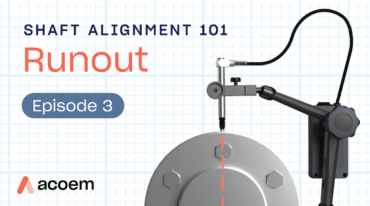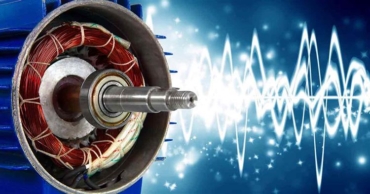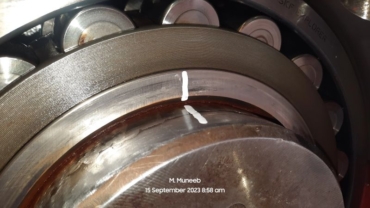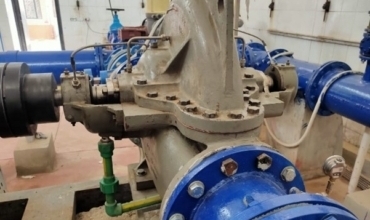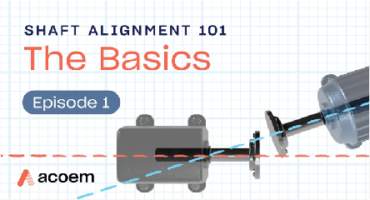Two Minute Tips
Bearing Defect Identification
- Nilay Patel
- Arcelor Mittal and Nippon Steel India Limited
Understanding Thermal Image Resolution
When it comes to thermal image quality, resolution plays a very important role. Here
are some key points related to resolution in infrared cameras...
- Motaz Abdelsalam Mohamed
- Mobius Institute
Shaft Alignment 101: Runout
Understanding runout is crucial for maintaining the precision and efficiency of rotating machinery. Runout refers to the deviation from true circularity or concentricity in a rotating object, such as a shaft or a cylindrical part.
- ACOEM USA
- Acoem USA
Structural Looseness in the System
Structural rigidity in the system plays a pivotal role in controlling vibrations. Once you have structural looseness, it starts dodging you with an unbalanced case and you start wasting your time in checking other things...
- Muhammad Muneeb Babar
- Al Jouf Cement Company
Data Quality Over Quantity
Seemingly, one advantage is gathering data at a vastly improved rate. Rather than a single reading every quarter, data can now be captured multiple times every hour. The advantages are obvious: much greater visibility on developing faults and a trail to follow to track existing known issues.
- David Procter
- Sensoteq
Spectrum Resolution Effect in Vibration Analysis
When performing vibration analysis, understanding spectral resolution is very important. It directly influences our ability to identify and diagnose machinery faults.
- Motaz Abdelsalam Mohamed
- Mobius Institute
Case Study: Inner Race and Shaft Rotational Looseness
Upon inspection, marking was done with white marker between inner race and shaft to confirm the looseness. On the next visit, the mark was clearly moved...
- Muhammad Muneeb Babar
- Al Jouf Cement Company
Dominant 1X
If you have a single channel analyzer and there is not any opportunity to use another tool like cross phase, how do you scientifically analyze this issue and identify the fault(s)?
- Wael Salman
- Engineering Tracks
Shaft Alignment 101: The Basics
In this video, you’ll learn the intricacies of precision alignment, exploring the measurement, calculation, and adjustment processes necessary to achieve optimal shaft alignment.
- ACOEM USA
- Acoem USA
- 1
- 2
- 3
- …
- 41



